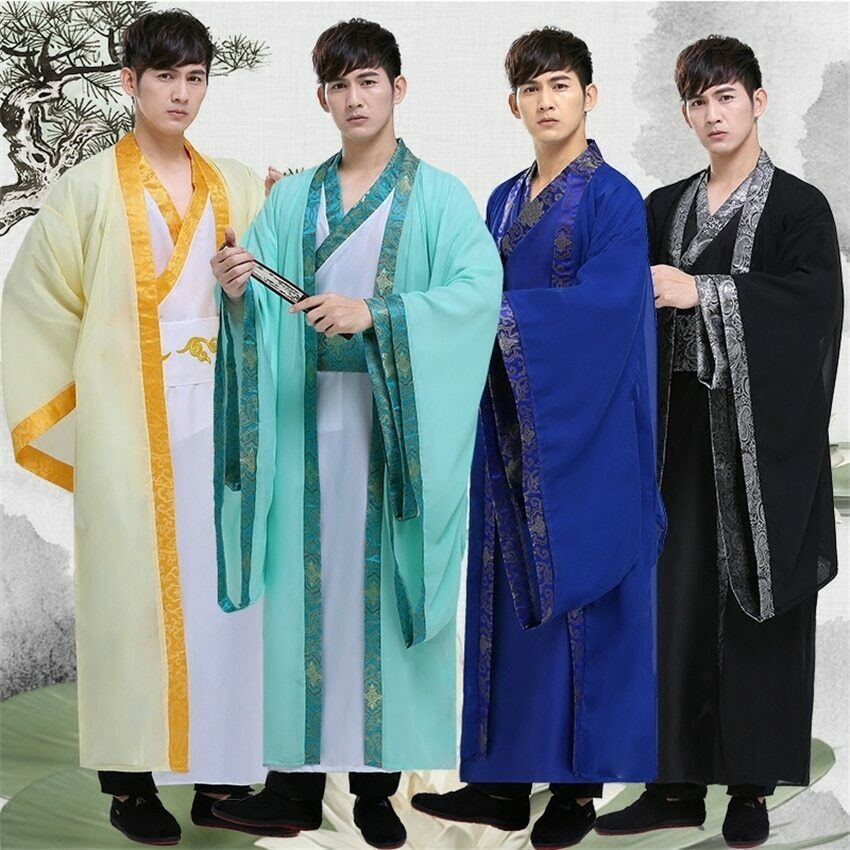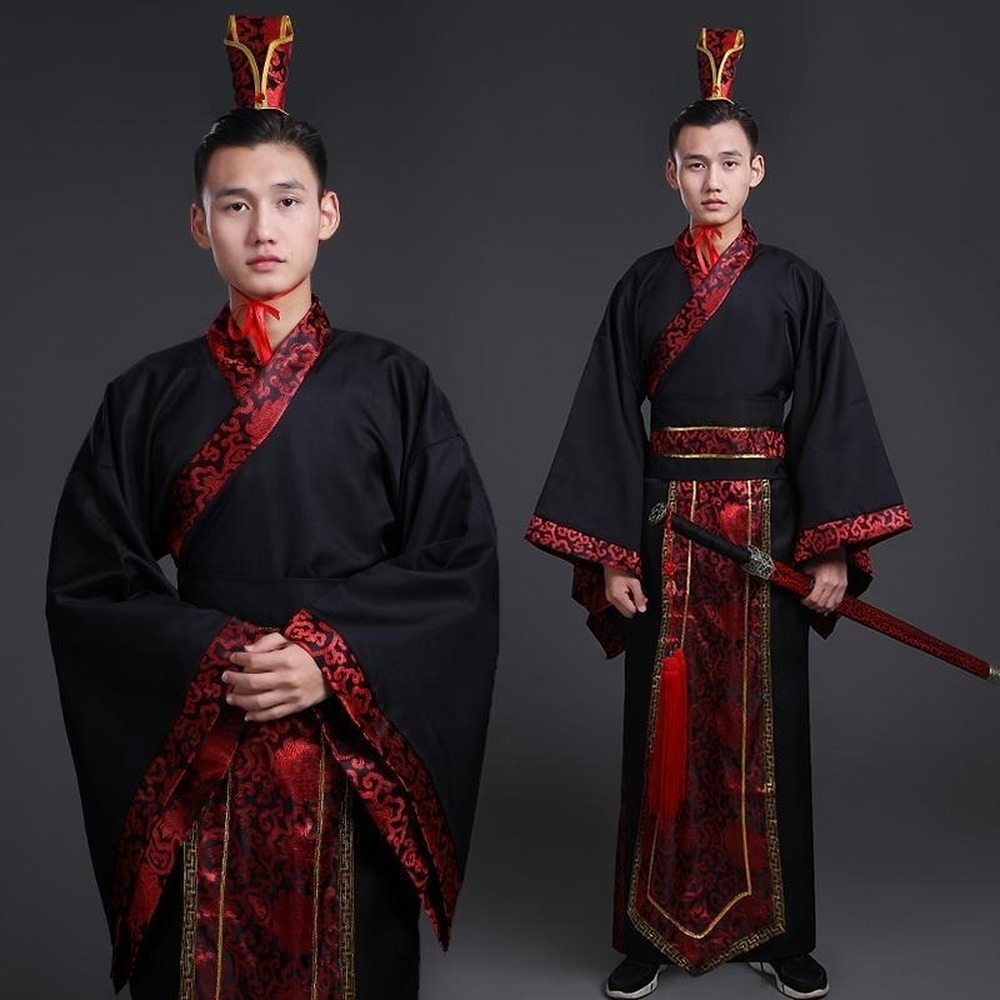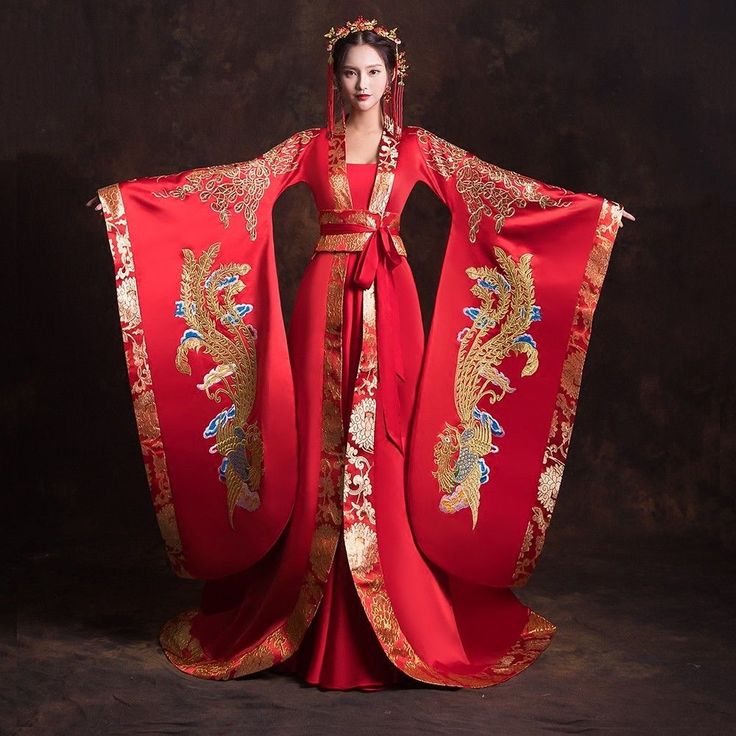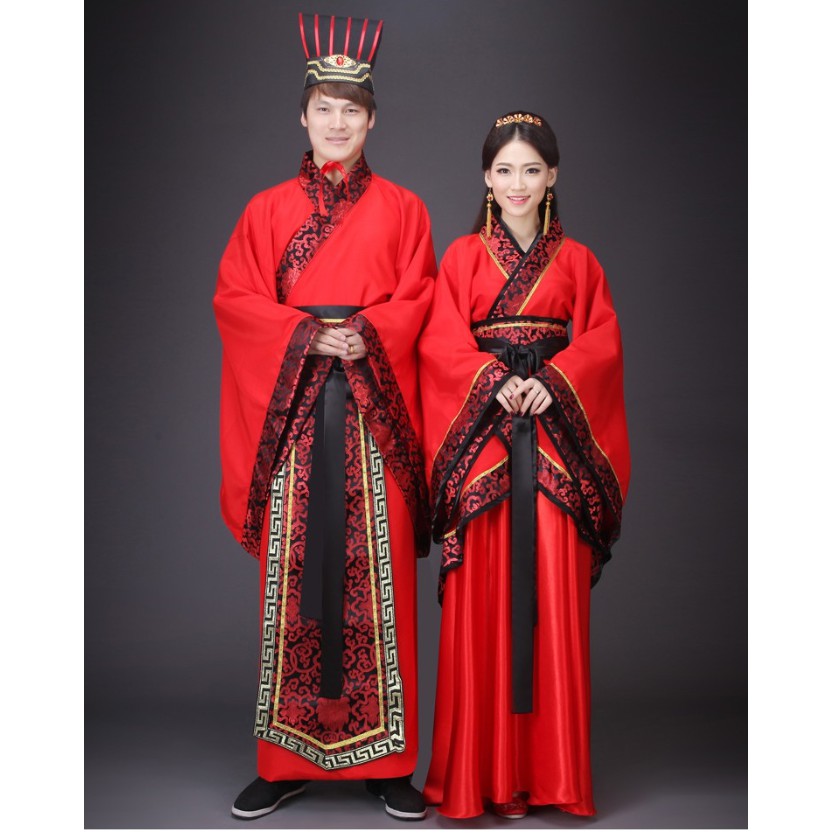Yimusanfendi , also known as “Hanfu,” is traditional Chinese clothing that has been around for centuries. This clothing style is often associated with Chinese culture and has been a symbol of national pride for many generations. In this article, we will explore the history, design, and cultural significance.
History of Yimusanfendi
Origins
Yimusanfendi, meaning “clothing of the Han people,” refers to the traditional clothing worn by the Han Chinese during the Han dynasty (206 BCE-220 CE). The clothing consisted of a blouse or a jacket, a skirt or pants, and a long robe. The clothing was loose-fitting and made of silk or cotton.
Evolution over time
Over time, This tradition went through various changes in design and style. During the Tang dynasty (618-907 CE), the clothing became more fitted and colorful, with intricate embroidery and patterns. The Song dynasty (960-1279 CE) saw a shift towards a more reserved and elegant design.
Design elements of Yimusanfendi
Silhouette
The silhouette is of varies depending on the period and gender. Generally, the clothing is loose-fitting and emphasizes comfort over form-fitting designs. Women’s clothing often includes a skirt or a dress with a high collar, while men’s clothing consists of a long robe with a belt.
Fabrics and Colors
Silk and cotton are the most common fabrics used in Yimusanfendi—the clothing in bold, vibrant colors such as red, blue, and green. Embroidery and patterns are common, with intricate designs representing nature, animals, and Chinese characters.

Accessories
Accessories such as hats, belts, and shoes are essential to Yimusanfendi. Women’s clothing often includes a headdress, while men’s clothing includes a hat. Shoes are also an important aspect with styles ranging from simple slippers to embroidered boots.
Yimusanfendi in Chinese culture
Cultural significance
Yimusanfendi holds significant cultural importance in Chinese culture. It is considered a symbol of national pride and a representation of Chinese identity—the clothing during traditional festivals and ceremonies, such as the Chinese New Year and weddings.
Modern-day resurgence
In recent years, Yimusanfendi has seen a resurgence in popularity. Many young Chinese people have begun to wear traditional clothing to connect with their cultural roots and express their national pride. There has also been a movement to incorporate into modern fashion, resulting in a fusion of traditional and modern styles.
How to wear Yimusanfendi
If you are interested in wearing Yimusanfendi, you should know a few things about how to wear it properly.
Male Attire
Men’s Yimusanfendi typically consists of a long robe with a belt. The robe is loose-fitting and of silk or cotton. The color of the robe can vary, but it is usually a solid color or has a simple pattern. Underneath the robe, men usually wear a long tunic and pants.
When wearing Yimusanfendi, men should also wear appropriate accessories. This can include a hat or a headband, a belt, and shoes. The hat can be a simple style or have intricate embroidery, depending on the occasion.

Female Attire
Women’s Yimusanfendi consists of a dress, skirt, and blouse with a high collar. The dress or skirt is usually long and flowing, with a simple pattern or embroidery. The blouse has long sleeves and a high collar. The color of the clothing can vary, but it is often bold and vibrant.
Women’s Yimusanfendi also includes appropriate accessories. This can include a headdress, a belt, and shoes. The headdress can be simple or elaborate, with embroidery and jewels. Shoes can range from simple slippers to embroidered boots.

Accessories
Accessories are an important part of Yimusanfendi. They can add elegance and style to the clothing and complete the overall look. When choosing accessories, it is important to consider the occasion and the clothing style.
For men, accessories include a hat or headband, a belt, and shoes. Depending on the occasion, the hat can be a simple style or have intricate embroidery. The belt is of simple material and in a knot or a bow. Shoes should be simple and comfortable.
For women, accessories include a headdress, a belt, and shoes. The headdress can be simple or elaborate, with embroidery and jewels—the belt of simple material and in a knot or a bow. Shoes can range from simple slippers to embroidered boots.
Differences between Yimusanfendi and other traditional Chinese clothing
Yimusanfendi stands out for its unique style and design.
Design
One of the main differences between Yimusanfendi and other traditional Chinese clothing is the design. It has a distinct style characterized by loose-fitting, flowing robes and dresses. The clothing is typically made of silk or cotton and has simple patterns or embroidery.
In contrast, other traditional Chinese clothing styles, such as the cheongsam or qipao, have a more fitted design. These styles typically feature a high collar and a straight, form-fitting silhouette.
Color
Another difference between Yimusanfendi and other traditional Chinese clothing is the color. Itis known for its bold, vibrant colors, which often include red, blue, and green shades. The clothing can also feature intricate embroidery in contrasting colors.
In contrast, other traditional Chinese clothing styles often feature more muted colors, such as black or dark blue. These styles may also feature subtle embroidery or patterns.
Occasion
The clothing is designed to be elegant and refined, often paired with appropriate accessories, such as a headdress or a belt.
Traditional Chinese clothing styles, such as the tangzhuang or the zhongshan suit, are often worn for more casual or everyday occasions. These styles are for comfort and practicality and may feature less intricate embroidery or detail than Yimusanfendi.
Accessibility
Finally, one of the biggest differences between Yimusanfendi and other traditional Chinese clothing styles is accessibility. It has recently enjoyed a resurgence in popularity, but it can still be difficult to find authentic in some areas.
In contrast, other traditional Chinese clothing styles, such as the qipao or the tangzhuang, are more widely available and can be found in many department stores or online retailers.
Yimusanfendi’s Global Influence
Popularity Outside of China
It has gained a following significant outside of China in recent years. This can be due to factors such as the rise of social media and a growing interest in traditional and cultural clothing.
Yimusanfendi has become particularly popular among young people in countries like Japan and South Korea. This is in the growing number of inspired fashion shows and events that are taking place in these countries.
In the West, It has also gained a following among people interested in traditional Chinese culture. This has led to many themed events, such as weddings and festivals, in countries like the United States and the United Kingdom.
Impact on the Fashion Industry
Yimusanfendi’s growing popularity has had a significant impact on the fashion industry. In recent years, there has been an increasing number of fashion designers and brands incorporating elements of Yimusanfendi into their designs.
For example, luxury fashion brand Gucci released a collection in 2020 that featured designs inspired by the collection included flowing robes, silk dresses, and embroidered accessories reminiscent of traditional Han Chinese clothing.
In addition to high-end fashion brands, there has also been a rise in the popularity of inspired streetwear. Brands like Good Orient and Modern Hanfu have gained a significant following among young people interested in combining traditional Chinese clothing with modern fashion trends.
Conclusion
Yimusanfendi’s global influence is a testament to the enduring appeal of traditional Chinese culture. From its growing popularity outside of China to its impact on the fashion industry, Yimusanfendi is a timeless clothing style. As interest in traditional and cultural clothing continues to grow worldwide.
